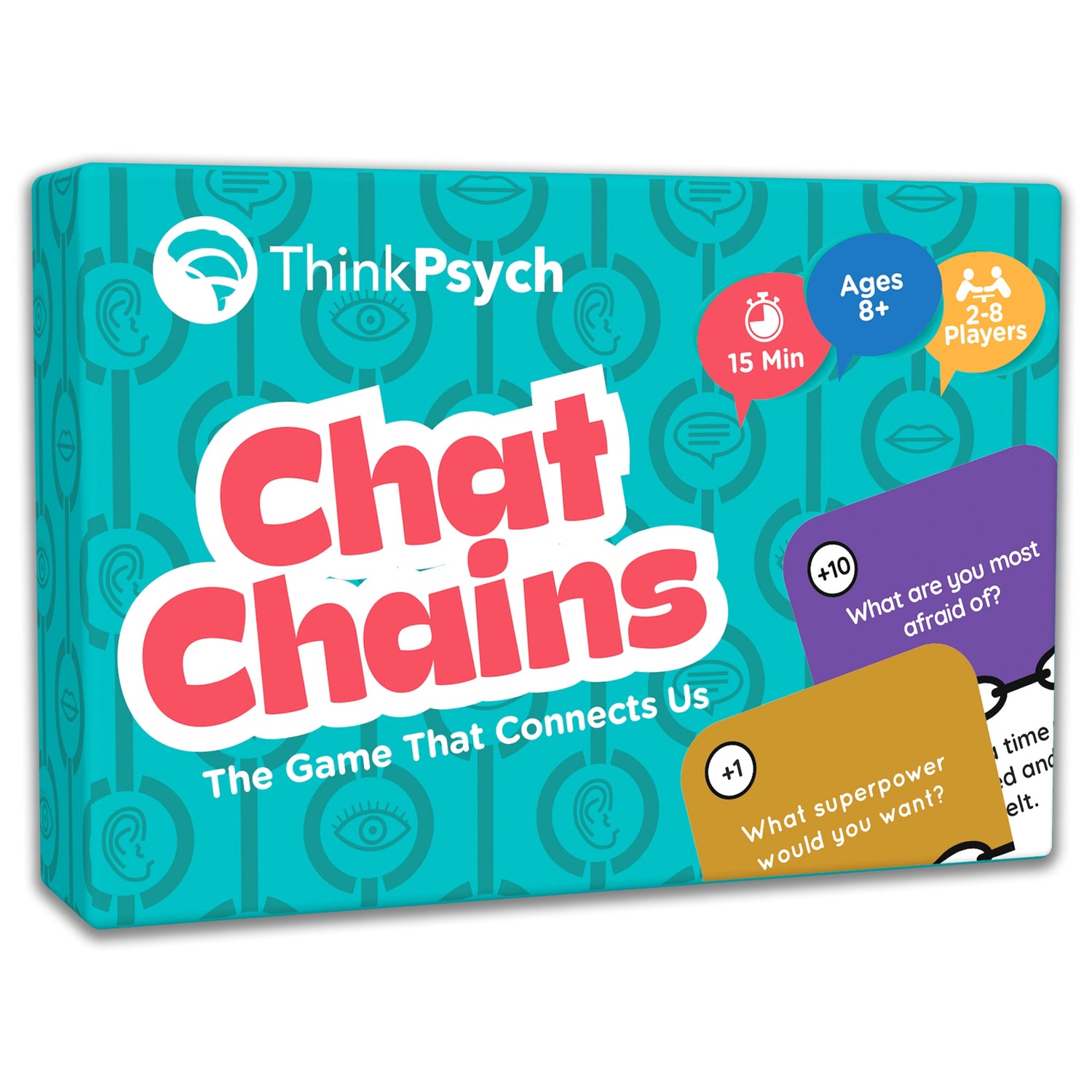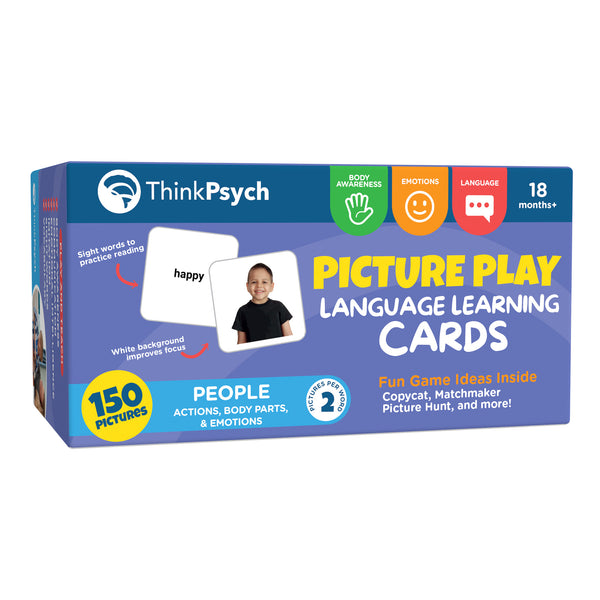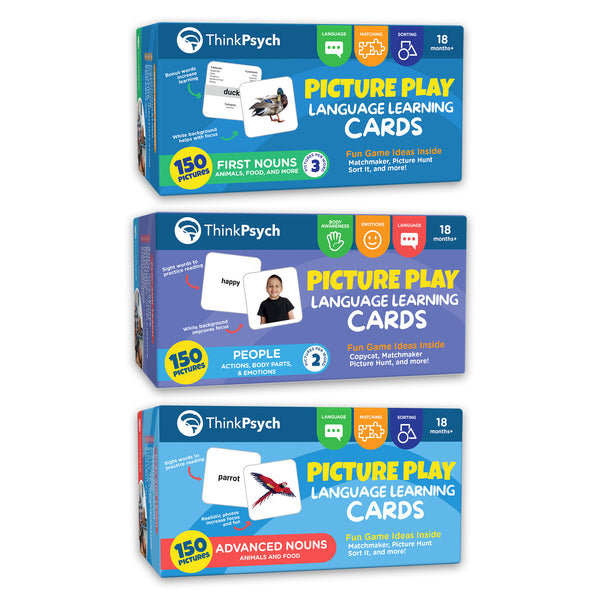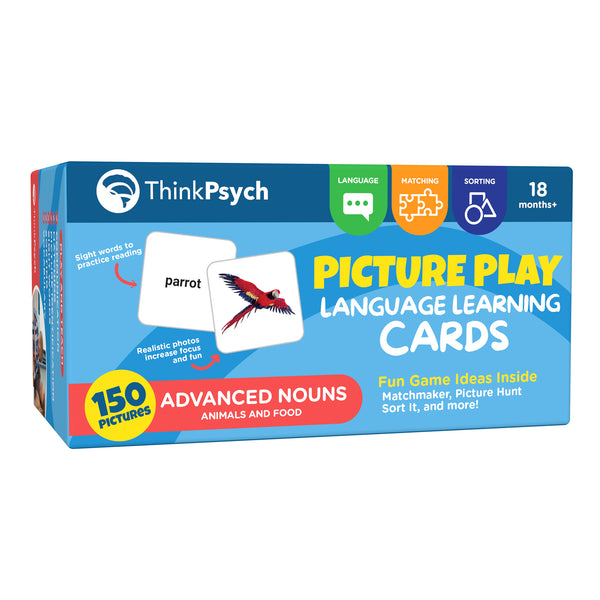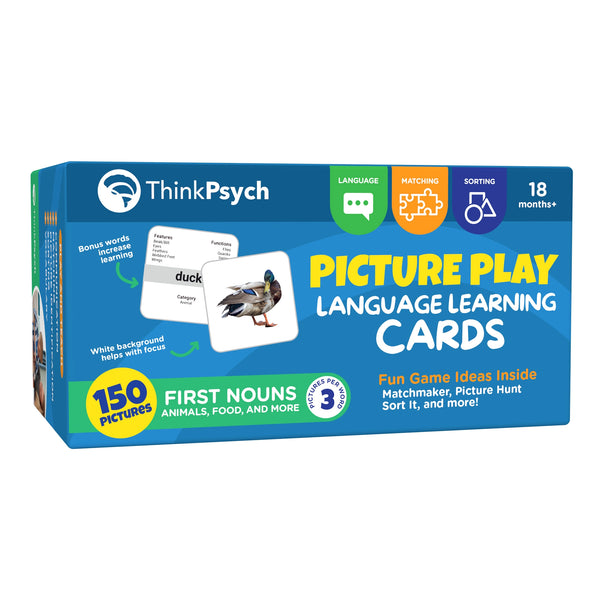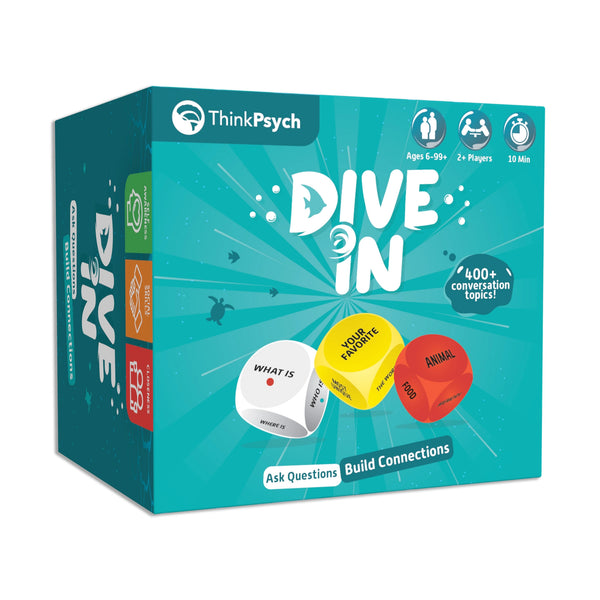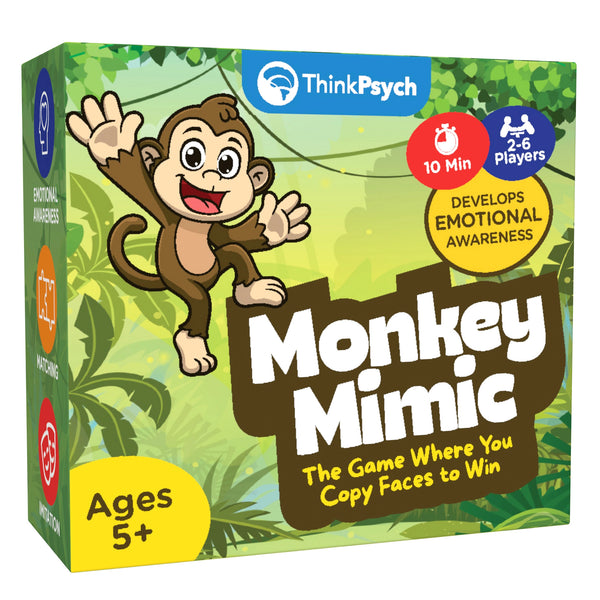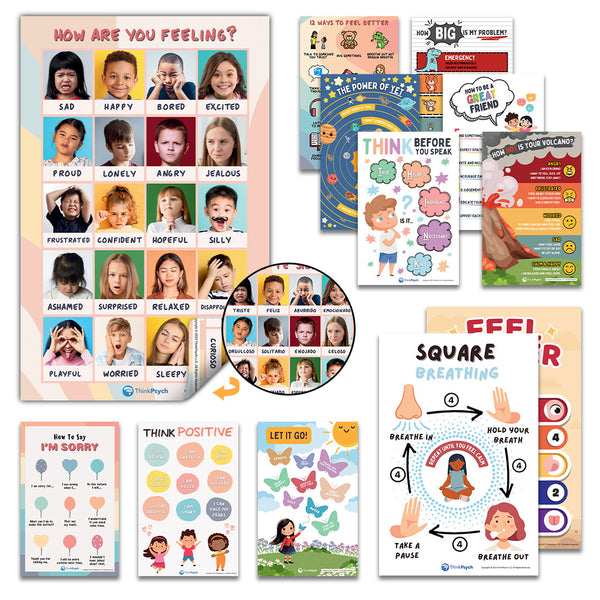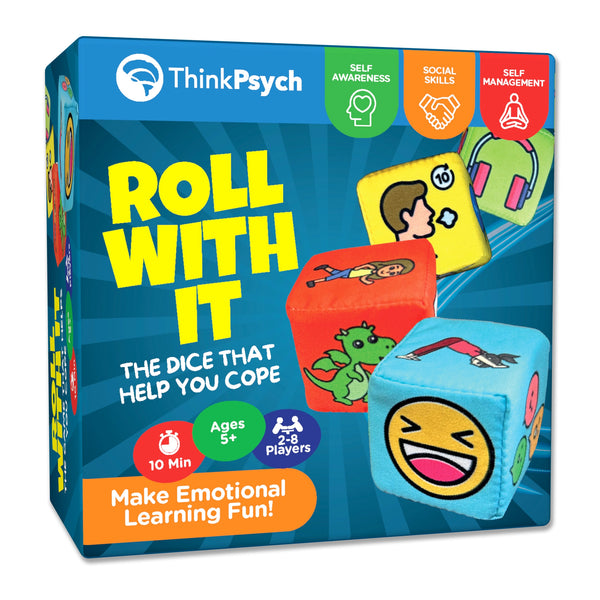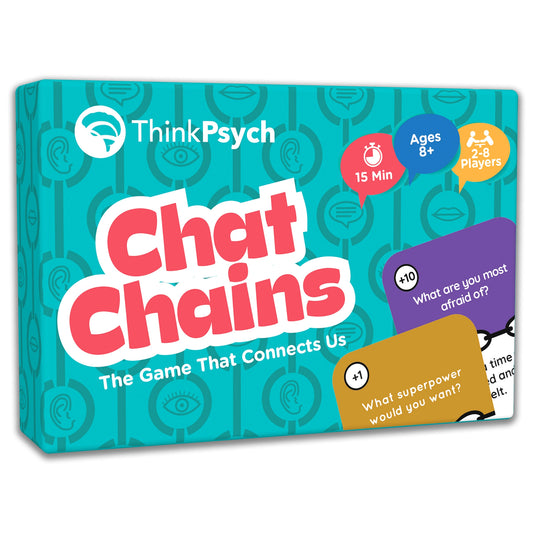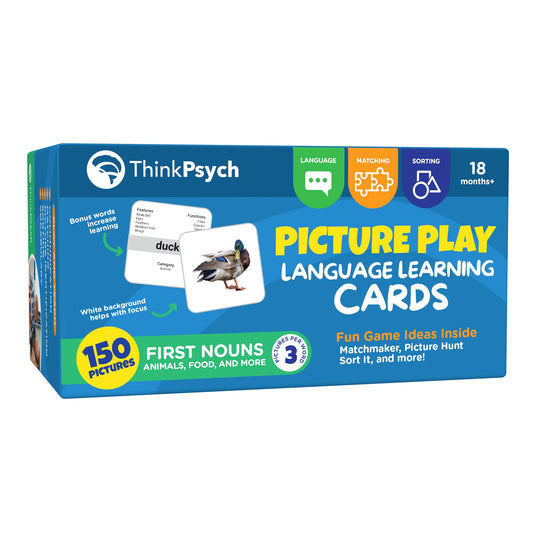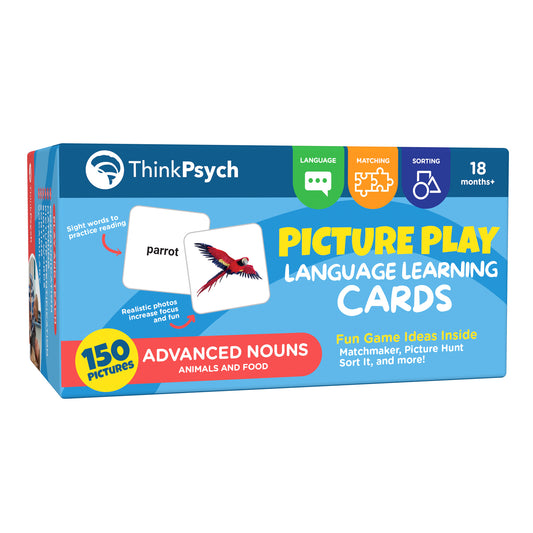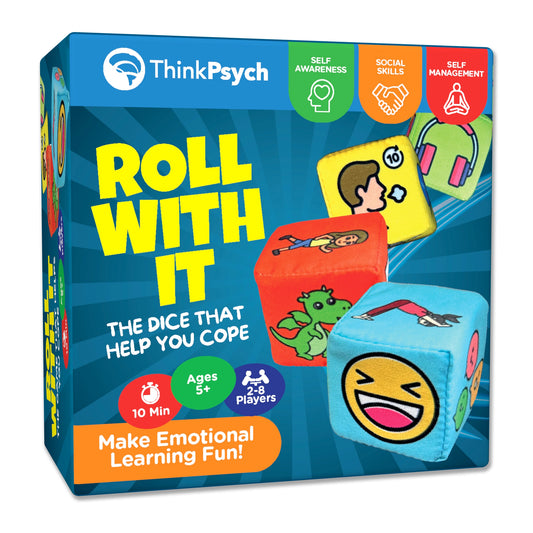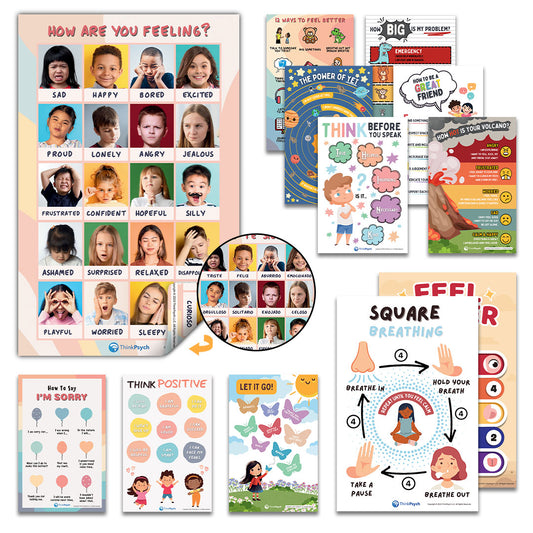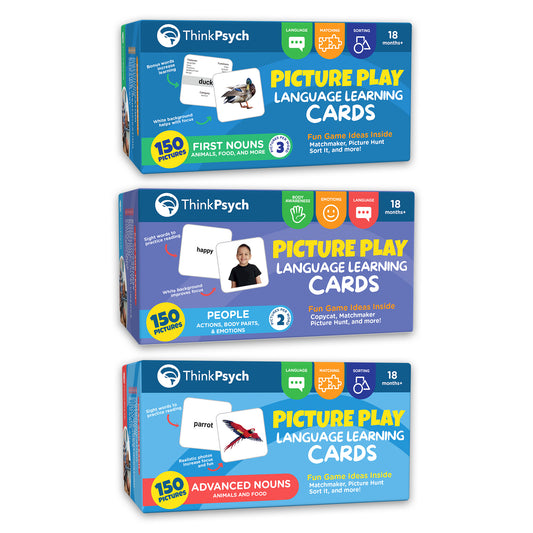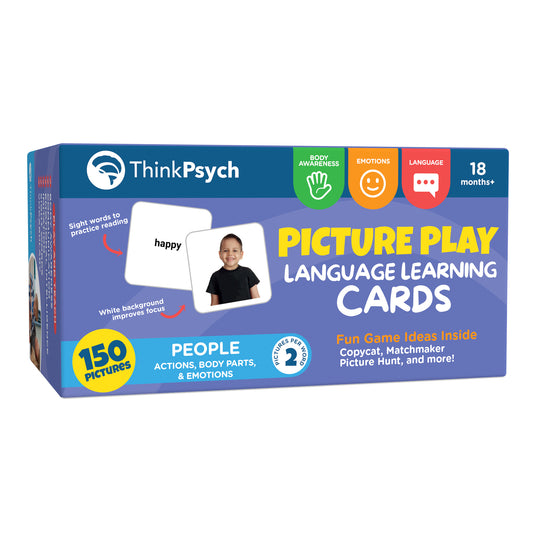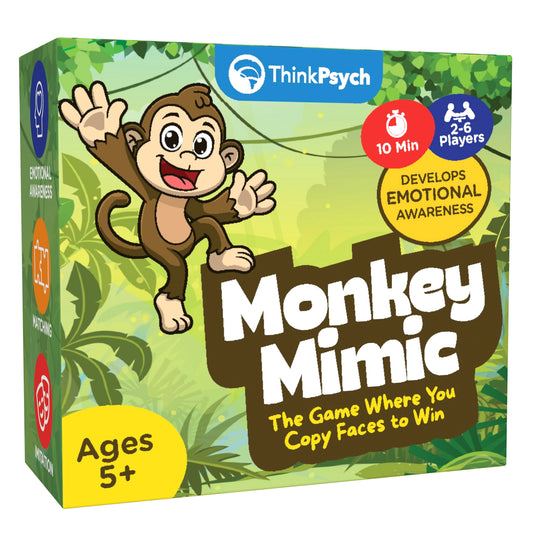
The VB-MAPP - Level 2 (Part 4 of 8)
Share
Introduction
This is part 4 of 8 in a series on administering the Verbal Behavior Milestones and Assessment Protocol (VB-MAPP). If you haven’t yet read part 1 yet, you can start there.
Materials
Prior to working on Level 2 of the VB-MAPP, you should make sure that you have all the right materials! This was covered in Part 1 of this series, but repeated here for reference:
- VB-MAPP Protocol
- 5 preferred items that could serve as reinforcers (e.g., chips, M&Ms, toys)
- 20 everyday items that could be missing components for child to request (e.g., puzzles, paper without crayon, Mr. Potato Head, car ramp without car, track without train, etc.)
- A set of flashcards with 3 examples of 50 unique nouns (see our set of picture flash cards aligned with the VB-MAPP)
- A list of 200 common nouns or verbs that that could be used to assess vocabulary (see our free list of 50 first words).
- 3-5 simple children’s books with a variety of items that could be used for labeling (e.g., First 100 Words, Curious George books)
- 25 pairs of identical items or pictures
- 25 pairs of non-identical items or pictures (e.g., pairs of items – a blue fork and a red fork – or pairs of pictures – a brown horse and a grey horse).
- 25 pairs of non-identical pictures and objects to test 2D->3D matching. For example, could include a picture of a silver fork and a blue (actual) fork.
- 10 groups of small objects that could be shorted into colors and shapes. Must contain at least 10 different colors or shapes total.
- 5 assembly toys with multiple parts (e.g., Mr. Potato Head, Little People Set, Cooties bug, Kid K’Nex, Lincoln Logs, etc.)
- List of intraverbal fill-ins and what/who/where questions
In addition to these materials, you will also need access to similar age peers to assess social skills.
Customer Favorites From Our Store
Getting Started
We assume that if you have gotten to level 2 of the VB-MAPP assessment, you have already built rapport with the child that you are working with. You can then go into the observational and direct testing components of Level 2 testing. There are a total of 12 domains in Level 2. The vocal domain is no longer tested after level 1, and four new domains are added: Listener Responding By Feature-Function-Class, Intraverbal, Classroom Routines and Group Skills, and Linguistics.
Observable Skills
There are a total of 25 observable skills across seven domains in the second level of the VB-MAPP. The other five domains require direct testing for all skills. These are separated by category as follows:
- Manding Milestones 6-10
- Independent Play Milestones 6-10
- Social Behavior and Play Milestones 6-10
- Motor Imitation Milestone 9
- Listener Responding by FFC Milestone 10 (download free feature function class examples list)
- Classroom Routines and Group Skill Milestones 6-10
- Linguistics Milestones 8-10
As you can see, you can use observation to get about half of the milestones in this area! However, you will often need to do direct testing in order to evoke the target behaviors.
Direct Testing
Once you have completed the observation portion of level 2 testing, it is time to begin direct testing. In this portion, you will also assess any milestones that you were not able to observe occurring spontaneously during the observation portion. You will also directly test any milestones that require direct testing. For convenience, these are listed below:
- Tacting Milestones 6-10
- Listener Responding Milestones 6-10
- Visual Perceptual Skills and Matching-to-Sample Milestones 6-10
- Motor Imitation Milestones 1-3, and 5
- Echoic Milestones 6-10
- Listener Responding by Feature Function Class Milestones 6-9 (learn more about LRFFC assessment)
- Intraverbal Milestones 6-10
- Linguistic Structure Milestones 6 and 7.
Completing Level 2
Once you have completed the entirety of the level 2 assessment, it is time to determine if you should go on to level 3 of the VB-MAPP. There are two primary considerations:
- Has the child mastered any of the twelve domains in the second level (e.g., Tacting, Intraverbal, etc?) If so, continue on to Level 3.
- Is the child older than 30 months? If so, he or she may have skills that are beyond level 2. It is worth at least briefly skimming level 3 to check if the child may have any “splinter skills” — i.e. skills that are out of proportion with the child’s other abilities. For example, the child may have Math or Independent Play skills that are out of proportion with their other abilities.
Read the next post in our series on administering level 3 of the VB-MAPP here.
